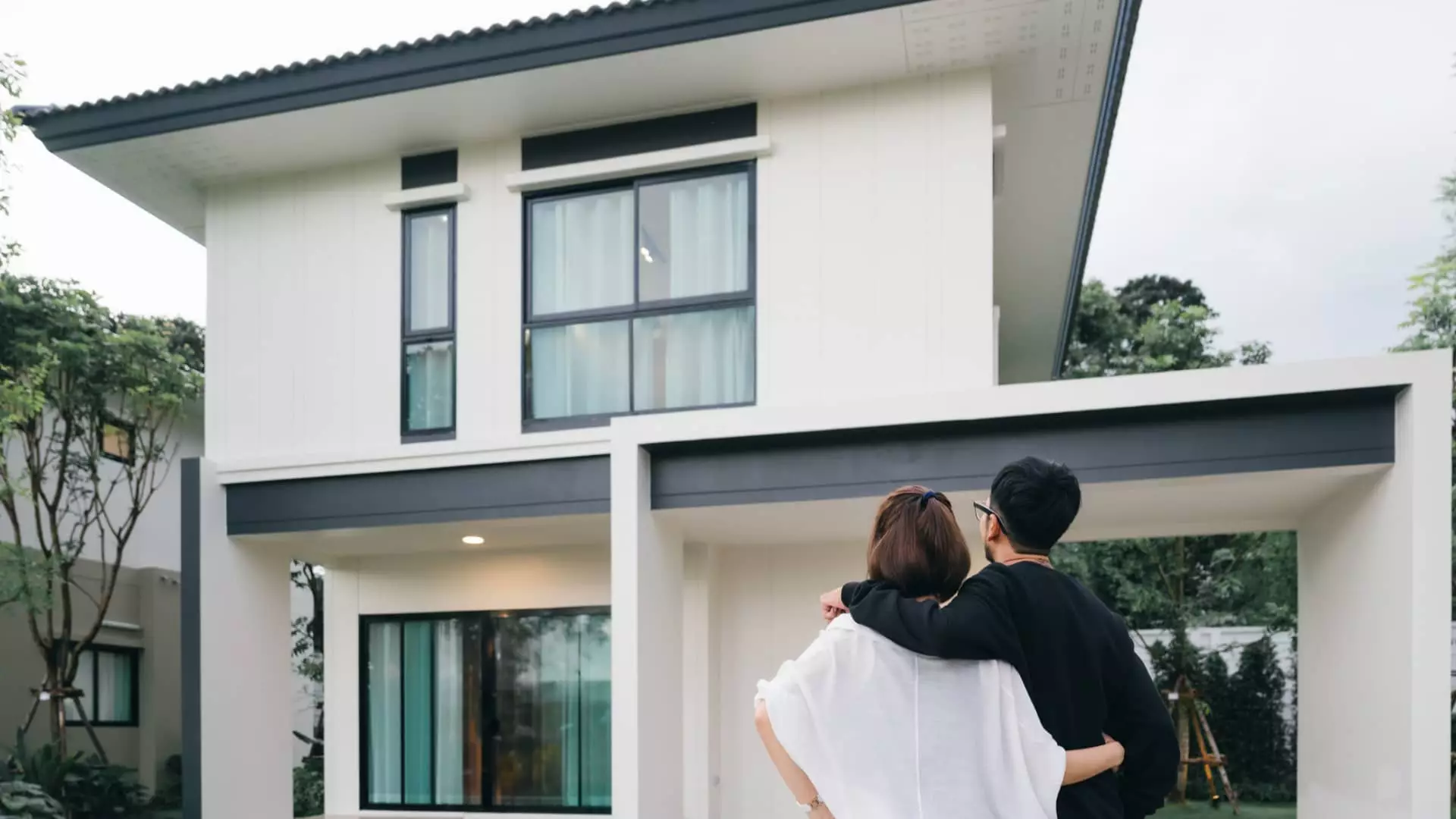Buying a home is a significant milestone for many families and individuals, but the journey towards homeownership is often complicated by the varying lengths of time it takes to save for a down payment. This timeframe can fluctuate drastically depending on geographical location and individual financial circumstances.
At the forefront of the housing affordability crisis is the stark reality that location plays a crucial role in determining how long it takes to save for a substantial down payment. In bustling metropolitan areas like New York City, prospective homebuyers face a daunting challenge: saving approximately $173,000, or 20% of the median home price pegged at $865,000. According to RealtyHop, a real estate investment platform that analyzed the top 100 U.S. cities, the average individual in New York can expect to wait nearly 11 years to amass this amount. This extensive timeline highlights the formidable “barrier to homeownership” faced by buyers situated in high-cost areas.
Conversely, cities like Detroit present a stark contrast. Homebuyers here can achieve their goal with significantly less time and effort — merely 2.53 years on average, requiring around $20,000 for a median-priced home of $100,000. Other cities that offer relatively lower barriers for homeownership include Cleveland and Pittsburgh, underscoring how regional market conditions shape the home-buying experience.
Further complicating the scenario, the presence of children can elongate the savings timeline for potential homeowners. Families often grapple with additional expenses such as childcare, which can impede their ability to save effectively. A report by Zoocasa found that parents in Detroit face a significantly longer timeline of around 20.3 years to save for a 20% down payment when starting from scratch. Meanwhile, single individuals or couples without children can anticipate a much shorter timeframe, emphasizing how family size and responsibilities can reshape financial planning and homeownership aspirations.
The rapid increase in real estate prices compounds the challenge of saving for a down payment. Jacob Channel, an economist at LendingTree, points out that more desirable neighborhoods come with steeper price tags, requiring buyers to save more aggressively. For example, a typical household looking to purchase a home in Los Angeles, where the median listing price approaches $1.13 million, would need to save around $1,339 each month for an estimated 14.10 years to accumulate enough for a 20% down payment. This scenario starkly contrasts with more affordable markets, where housing prices are more accessible.
Despite the pressing need for substantial down payments, it is essential to note that various financing options exist that do not require a traditional 20% down payment. Data from Realtor.com indicates that in the third quarter of 2024, the average down payment across the board was 14.5%, demonstrating that aspiring homeowners might secure financing with less than the typically cited percentage.
Programs such as those offered by the Department of Veterans Affairs and the U.S. Department of Agriculture provide viable paths for eligible buyers to purchase homes with little to no down payment. Moreover, Federal Housing Administration (FHA) loans can require as little as 3.5% down, making homeownership more attainable for first-time buyers and low- to moderate-income families. While smaller down payments can expedite the purchase process, they come with trade-offs, notably higher monthly mortgage payments and the likelihood of private mortgage insurance (PMI) fees.
Navigating the complexities of saving for a down payment necessitates a strategic and well-structured financial plan. Financial expert Melissa Cohn emphasizes the importance of understanding household income, expenses, and potential savings. Buyers should assess their spending habits and explore avenues to increase their savings. Key considerations may include saving bonuses or tracking monthly outflows to identify areas for cost-cutting.
Furthermore, prospective homeowners need to familiarize themselves with local housing markets to set realistic goals and timelines. Closing costs also require attention, as they can range from 2% to 6% of the loan amount, adding another layer of financial planning that extends beyond just saving for the down payment.
The journey toward homeownership is significantly impacted by one’s geographical location, family circumstances, market conditions, and available financing options. With knowledge, strategic planning, and adaptability, potential buyers can navigate these complexities, ultimately moving closer to realizing their dream of homeownership. As the landscape of the housing market continues to evolve, staying informed and proactive will be essential for achieving success in this endeavor.

